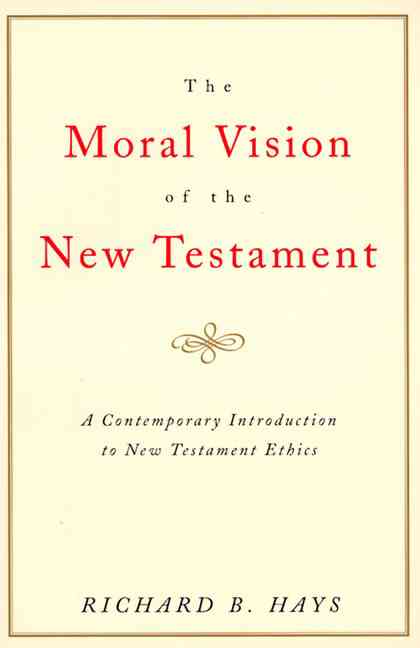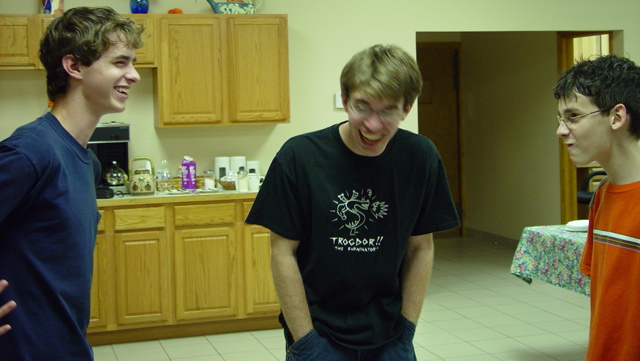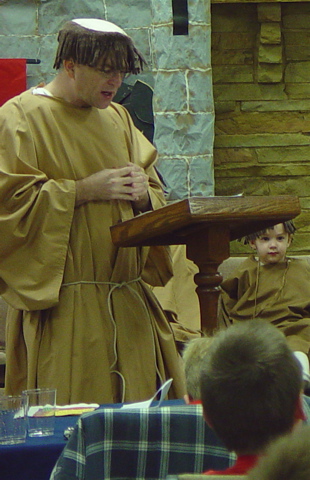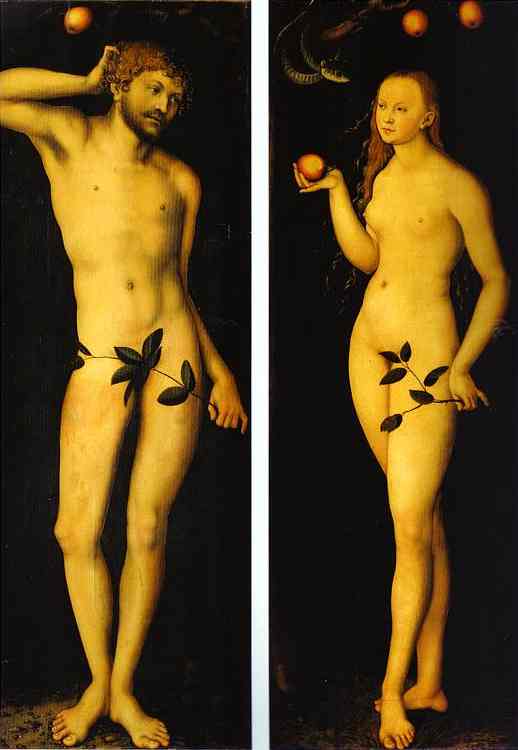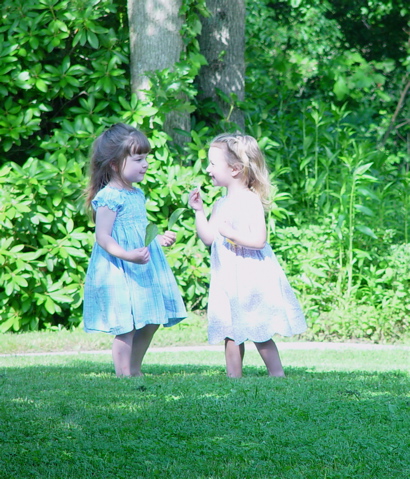We’ve been thinking a lot about Truth versus Pietism these last several weeks. One of the interesting insights has been how the rejection of truth goes right back to Adam and Eve’s experience in the Garden. It seems appropriate during this season of Lent to think about the Fall and how that dynamic is still at work. Below I’ve tried to map how the Fall played out in our first parents and how it functions in us. Mankind, abandoning his faith in God, now has faith in fig leaves.
Step 1 – Kingdom of God
Life in communion. God is a community of persons (Trinity). Reality is by nature communal. Being human is good.
Faith, relationship, and peace. Trust and truth (honesty) are the essential elements of relationships. Wholeness is found in communion (shalom).
God is the definition of good. In God is all reality and goodness. There is no other good besides God.
Symbol: Tree of Life. Path (tree) to life is union with God. Life is found in union with God (which also implies union with reality).
Gen. 1:31; 2:25; Luke 18:19; 1 John 4:8 Creation is very good. Naked & unashamed (complete through communion). Only God is good. God is love.
Step 2 – Mistrust
Withdrawal from communion. Without confidence (trust), relationship is impossible.
Doubt, self-preservation, isolation. Doubting God is doubting reality. Trust requires a risk of personal survival. Loneliness is rejection of relationship.
The definition of good is something other than God. Mistrust in God implies that good is found somewhere else other than in God. God is opposed to my ultimate good.
Symbol: Serpent. Satan works by introducing doubt about God’s character (accusation). Mistrust starts from concern about being cheated out of something.
Gen. 3:1,4-5 Did God say??? (accusation). You will not die (autonomy works). God knows you would become like Him (God is hiding something & cheating you).
Step 3 – Fractured Reality
Life distorted. If God can’t be trusted, then there is no truth. Life is irrational.
Compartmentalization (secular/sacred). Truth of heaven is different than truth of earth. Spirituality (the meaningful) is divorced from truth.
Good is confused. With no absolute, good is relative. Good is subjective.
Symbol: Tree of the knowledge of good and evil. Path (tree) to knowledge of good and evil is death. Good and evil can’t be understood apart from God. Evil is anti-relational.
Gen. 3:6 Woman saw tree (path) was good for food (nourishment/life). Delight to eyes (her view, not truth). Desirable to make one wise (sufficient).
Step 4 – Inadequacy
Wholeness lost. Autonomy is incompleteness.
Fear, worry, anger. Inability to insure wholeness breeds insecurity and demand.
Good is not found in self. Mankind is finite, vulnerable, and fallible. Not “good”.
Symbol: Nakedness. Human frailty is weakness. Being human is shameful.
Gen. 3:7a Their eyes were opened (they swallowed the lie). They knew they were naked (humanity unprotected by communion).
Step 5 – Self-righteousness
Adequacy manufactured. Use any means to look and feel adequate.
Pride, ambition, power. Boast in talents. Don’t admit lack. Compete with others. Dominate others.
Good is artificial. Someone is always better. Success is fleeting. Others get hurt.
Symbol: Fig leaves. Mask true self. Image more important than truth. Lies & hiddenness.
Gen. 3:7b; Eccl. 1:9 Made themselves coverings. Nothing new under the sun.
Click here for a pdf version of the chart.
